






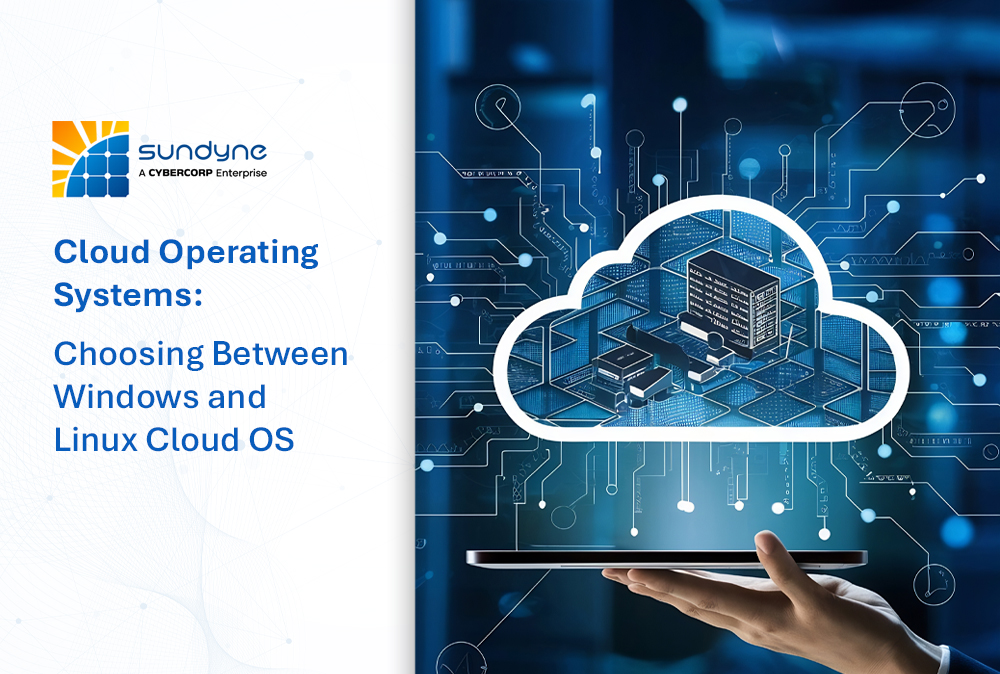
In today’s digital landscape, different organizations are moving their workload to the cloud for better scalability and flexibility. Selecting the right Windows Cloud OS (operating system) or Cloudx OS for Windows can influence their performance and enhance the user experience. Whether the business opts for Windows Thin Client OS or Linux Thin Client OS, understanding the positive aspects of each platform is necessary. Evaluating Windows vs Linux Cloud OS plays a vital role in aligning the technology with business needs. Companies such as Sundyne design cloud ready solutions for enhancing the resilience and operational efficiency of different organizations and make them stand in the forefront of the market.
Windows Cloud OS provides a familiar interface for companies that have already invested in the ecosystem of Microsoft. Let us explore some of its advantageous aspects.
• User-Friendly Interface: The employees can get well familiar with Windows desktop environments.
• Compatibility: A seamless integration is possible with the applications of Microsoft, such as Teams and Office 365.
• Windows Thin Client OS: It helps in managing the centralized cloud management.
• Security: An enterprise-grade security configuration is provided.
It reflects that Windows Cloud OS is appropriate for business as it eases the rate of compatibility and centralized management.
Linux Cloud solutions provide resource management, security and flexibility. There are other aspects as well, such as: –
• Linux OS Devices: It is a highly customized system that adopts business-specific requirements.
• Linux Thin Clients: This is an endpoint that reduces the cost of hardware while managing performance.
• Cloud OS for Linux: It ensures scalable deployment.
• Enhanced Security: It builds a mechanism to act against cyber threats.
Organizations that are leveraging Linux Thin Clients benefit from strong, optimal performance and effective security. Organizations such as Sundyne have assisted in migrating to Linux OS devices to ensure seamless cloud integration. Robust security is also provided to enhance the credibility of the business.
There must be consideration of certain aspects before choosing Windows vs Linux Cloud OS. It includes customization, ease of use, deployment, cost efficiency, and configuration. Based on scalability, usability and security, the selection needs to be made.
Selecting the right OS (operating system) is essential for performance and a better user experience. Whether you select Linux or Windows OS device, understanding the compatibility of the tools and software is needed. It is important to understand the parameter of customization and security, where strong security results in effective service. In the case of both Linux and Windows OS devices, the rate of ease of use is high with respect to the Windows thin client OS and companies like Sundyne support these solutions.
Business priorities and technical expertise help in making decisions. Both Windows and Linux Cloud OS have unique strengths that allow them to provide effective solutions within a given time. The future of both platforms is positive as both ensure an efficient and future ready cloud environment. Now, if you want to upgrade your cloud infrastructure, you can contact Sundyne Group and achieve scalable performance in this competitive environment.
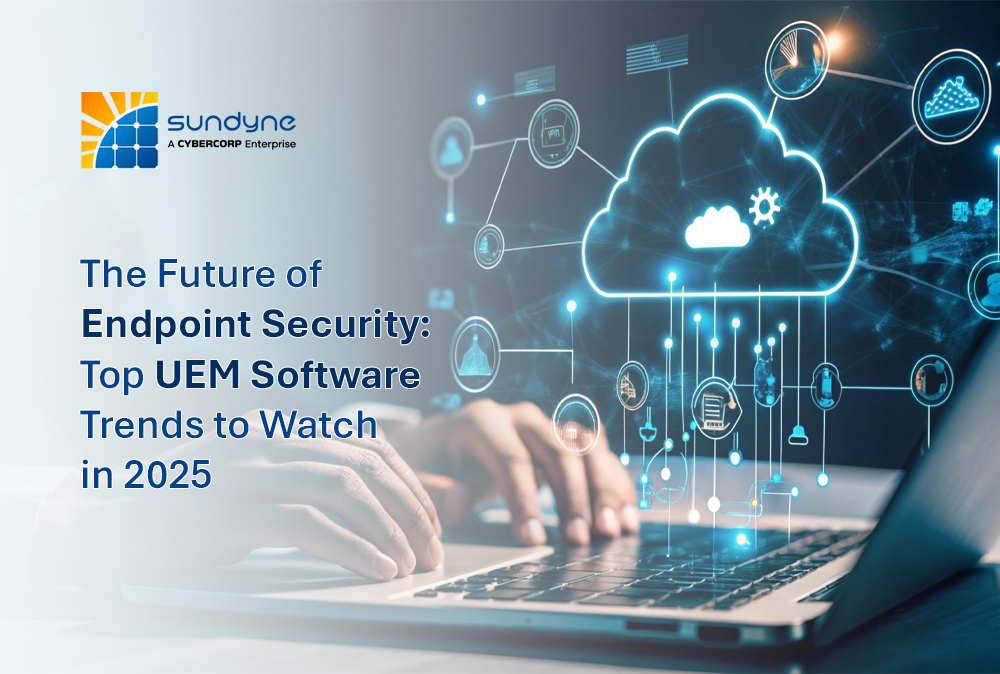

Sundyne Technologies
November 6, 2025
As the digital transformation accelerates, organisations have faced an expanding array of endpoints, platforms and devices. Starting from laptops to…
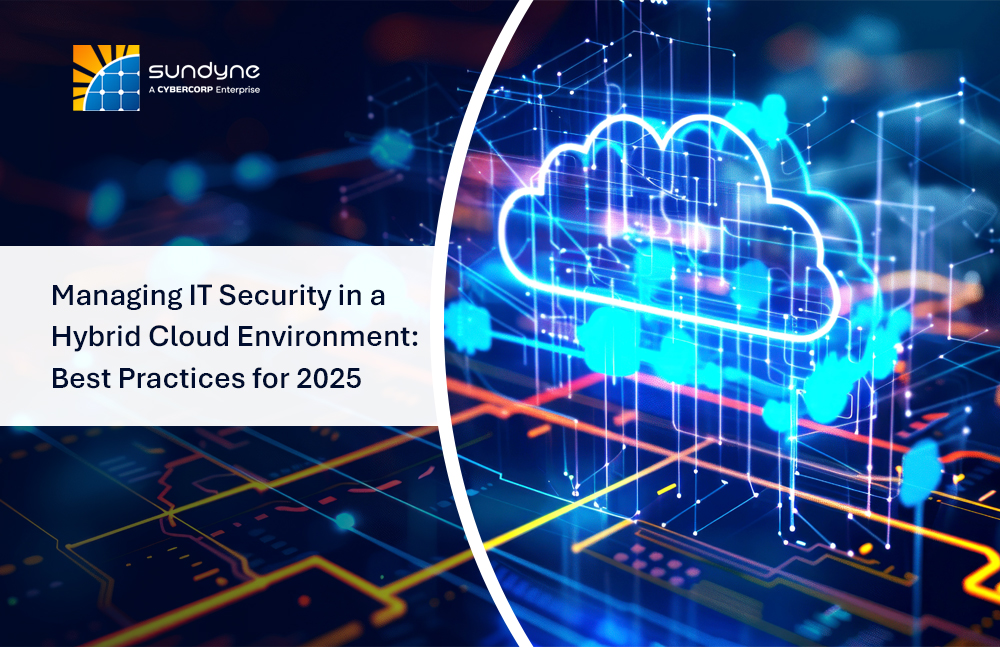

Sundyne Technologies
October 31, 2025
As businesses are looking for more innovative measures to expand in this market, the hybrid cloud security environment has become the powerhouse…
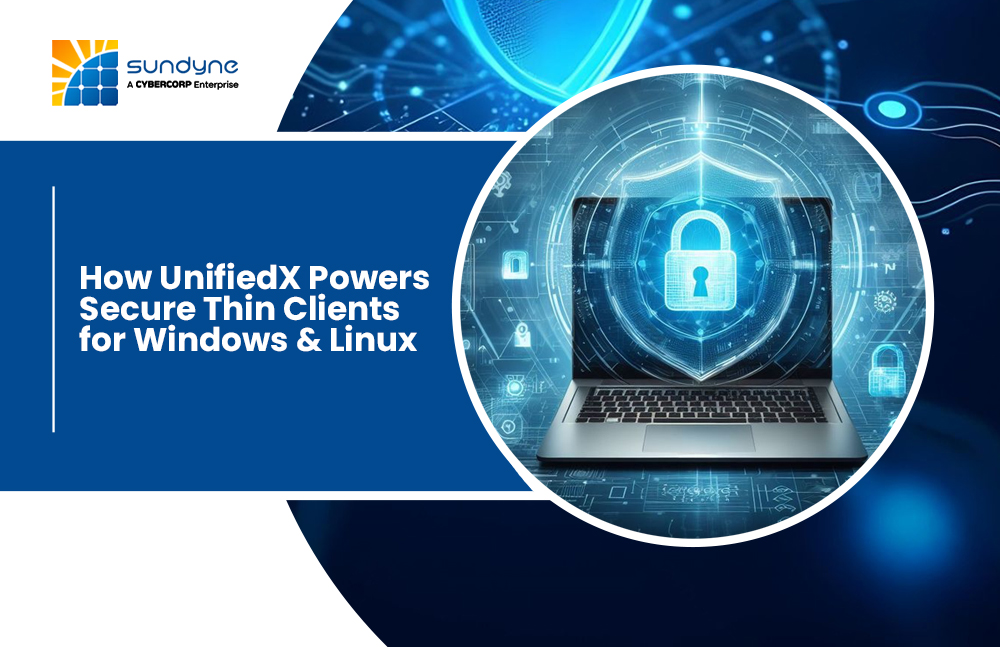

Sundyne Technologies
October 22, 2025
In today’s digitalise world, most of businesses are changing rapidly and are adopting cloud infrastructure. Moreover, virtual desktop environments are…


Sundyne Technologies
October 14, 2025
Businesses are changing the way they connect and communicate with their audience. This shift led to the adoption of…
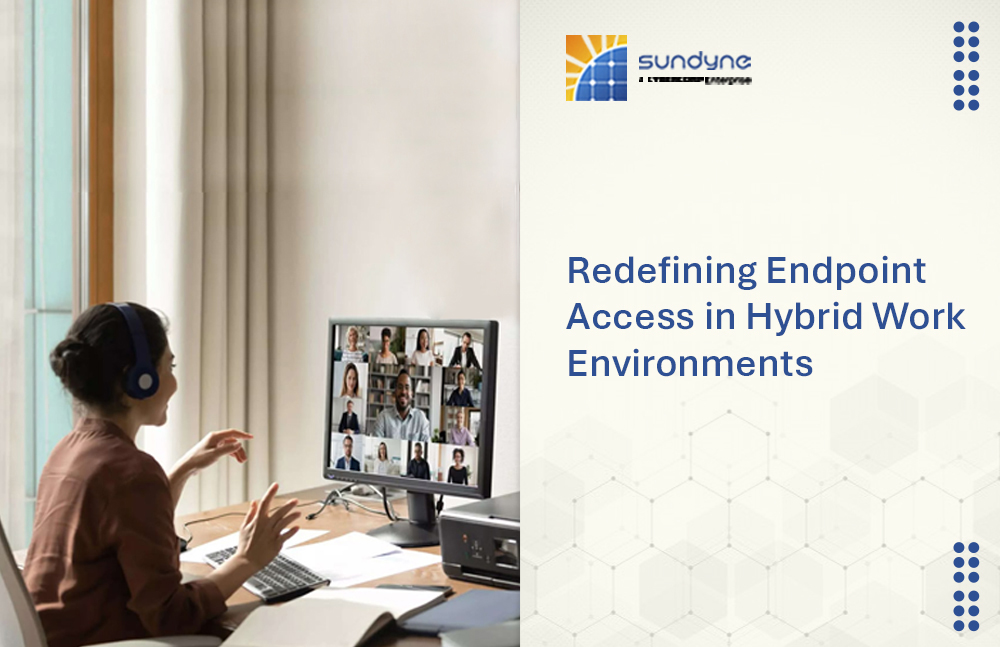

Sundyne Technologies
September 26, 2025
Zero-trust endpoint security is changing the current dynamic workplaces, with hybrid work, which is a combination of onsite work…